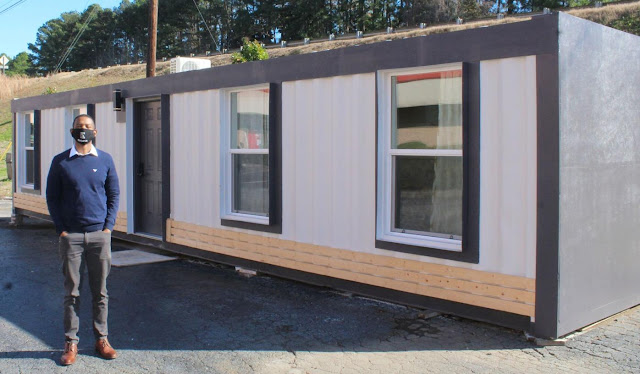What Are LEED Ratings?
Having a safe and healthy place to live and work is a fundamental human right. Green building ensures that indoor environments are kept safe for people. It does not just focus on construction and operational efficiency and the materials that are used for construction, but it revolves around human beings and how their lives can be made better.
Keeping the essence of green building in mind, environmental advocacy groups and many individuals with environment-friendly mindsets started looking for ways to ensure energy-efficient construction of homes and buildings. There was a sporadic rise in demand for sustainable buildings in the early 1990's and this made real estate stakeholders such as developers and architects reassess their construction methods. It was their joint efforts that finally led to the launch of the LEED Ratings in 2000. The Leadership in Energy and Environmental Design (LEED) Ratings were devised by the United States Green Building Council (USGBC).
LEED Ratings Today
Since 2000, the LEED Rating system has grown into the world’s most commonly used green building rating system that offers a framework to be used by the project teams to create cost-efficient and sustainable green buildings. Its widespread reach in over 162 countries globally speaks of its widely accepted framework guidelines to be followed for both residential and commercial projects. The growing awareness combined with the recent spurt in climate change has encouraged governments to consider LEED ratings for their buildings.
How Does it Work?
The LEED Rating system comprises of scores on a combination of factors and practices in construction, including architecture, interior design, engineering, landscaping architecture, and materials used. Each green building is rated on the basis of points scored in the above areas. Finally, the points are added up, and we get an aggregate rating. All green buildings are then compared using this aggregate rating.
The primary goal behind calculating these ratings is to standardize the processes of green building and maintaining a worldwide standard of environment-friendly homes and buildings. There are different levels at which the LEED certification is awarded. These are as follows:
Certified: This means that the project has earned 40-49 basis points on the evaluation.
Silver: This means that the project has earned 50-59 basis points on the evaluation.
Gold: This means that the project has earned 60-79 basis points on the evaluation.
Platinum: This is top-level, where the project has earned 80+ basis points on the evaluation.
To learn more about the LEED Rating System, click here. We at Build Green Life ensure that all our sustainable container homes fulfill the required LEED standards.
Final Words
Build Green Life is a product of Evo Group Holdings. Our mission is to create and develop state-of-the-art affordable and sustainable container housing for millions located in economically distressed communities and designated qualified opportunity zones across the country. We do this to help build back our nation’s communities while providing shelter, jobs, and hope to neglected locations.
To learn more about sustainability, green development, and opportunity zones, visit our YouTube Channel, www.buildgreenlife.com.




Comments
Post a Comment